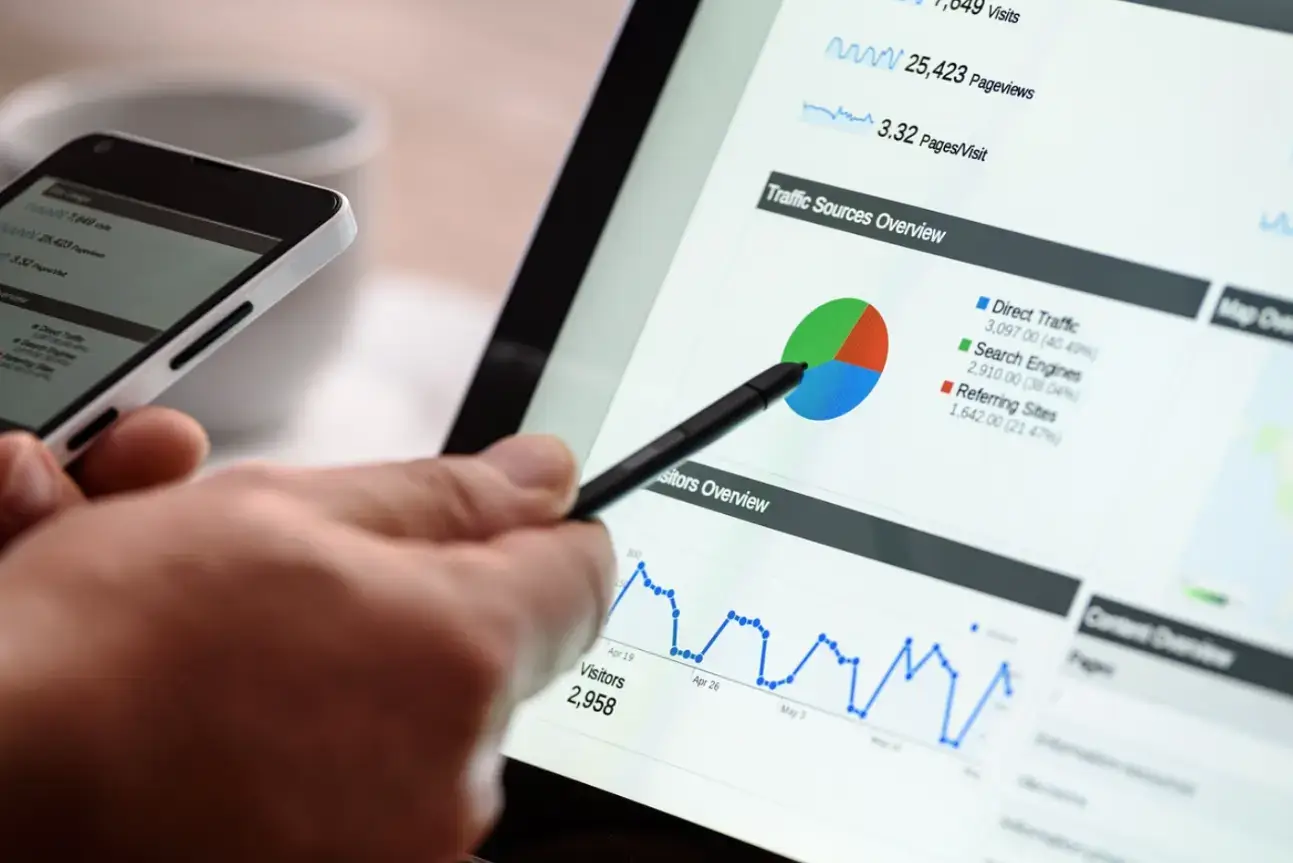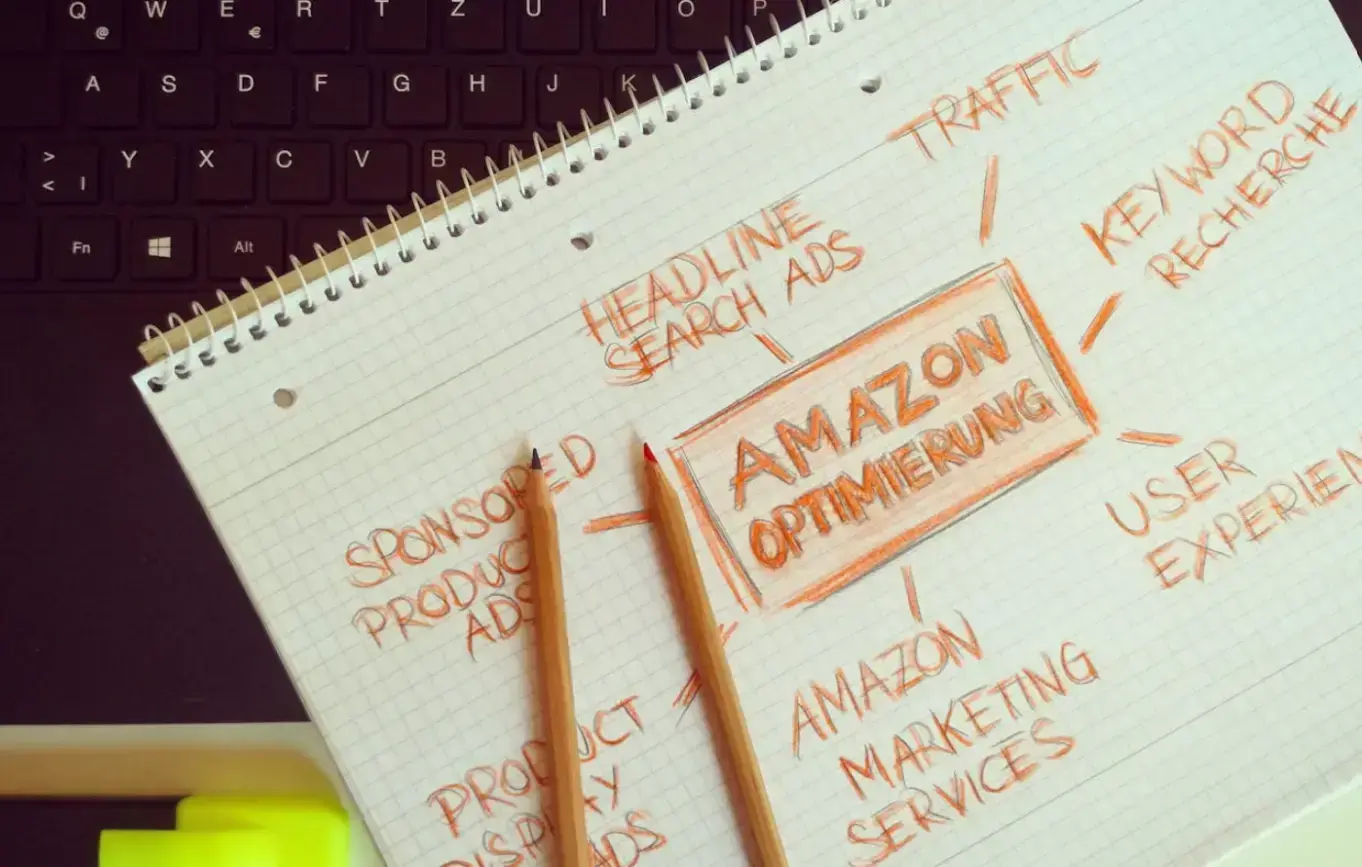“Many a small thing has been made large by the right kind of advertising.”-Mark Twain
In today's fast-paced and rapidly changing digital marketing landscape, programmatic advertising platforms have quickly gained traction, offering companies of all sizes the chance to enhance their advertising strategies.
While larger corporations have been long-term adopters of various forms of advertising, it has become a vital tool for small businesses aiming to connect with their desired audience effectively and efficiently.
Skip to:
- Enhanced Efficiency
- Tailored Advertising
- Real-Time Optimization
- Cost Efficiency
- Safeguarding Brand Reputation
- Improved Data Analysis Capabilities
- Cross-Channel Advertising

Source: Pixabay
Did you know that, as of 2022, nearly $549.51 Billion U.S. was spent on posting digital ads worldwide? Needless to say, the benefits of digital advertising are many.
In this article, we will delve into the advantages that programmatic advertising platforms bring to businesses and how such a platform can assist in achieving the businesses’ marketing objectives.
1. Enhanced Efficiency
Programmatic advertising platforms aim to streamline ad placement and campaign management processes, enabling businesses to save time and resources.
By leveraging algorithms of research or negotiation for ad space, these platforms identify optimal opportunities for displaying ads based on several factors like target audience demographics, behavioral patterns, and real-time bidding.
When companies opt for programmatic advertising platforms, they can integrate efficient workflows into their ad campaigns. The software makes it so that a date and a publish time are input, after which the servers do their magic and publish the ad on all relevant sites.

Source: Pixabay
Essentially, this allows employees to better manage their time and focus their efforts on areas that need it.
This results in an ad purchasing process that allows small business owners to allocate more time toward other essential aspects of their business operations.
2. Tailored Advertising
A key strength of advertising platforms lies in their capability to deliver personalized ads to specific target audiences. Programmatic platforms utilize data-driven insights to tailor ads based on factors like location, age group, interests, and browsing history.
Several ad publishing platforms let you choose the demographics of your audience, meaning you can ensure that your content hits the eyeballs it was supposed to.
This is especially beneficial when talking about local businesses. They can target areas within a 5-mile radius, thereby increasing the footfall in the brick-and-mortar store.
Such an approach ensures that advertisements are displayed to individuals who are most likely to be interested in them.
For instance, a local boutique clothing store could create a campaign targeting women aged 25 to 34 with a penchant for fashion-related websites or recent online purchases. It’s an undervalued resource that helps directly communicate with the target audience.
3. Real-Time Optimization
Real-time optimization is another advantage of using a programmatic advertising platform for businesses.
These platforms enable data-informed decision-making by monitoring performance metrics such as click-through rates (CTRs), conversion rates, cost per acquisition (CPA), and return on investment (ROI).
Leveraging this data, programmatic platforms can automatically adjust bidding strategies, target ad placements or publishers, and tweak creative elements to enhance campaign performance.

Source: Pixabay
Through real-time optimization, small businesses can ensure that their advertising strategies evolve and improve continuously for outcomes.
It’s a cost-effective solution and an economical way to boost your brand awareness, brand image, and presence in the marketplace. Be sure to optimize your ad correctly for the right audience and the right platform.
4. Cost Efficiency
One of the main constraints that a small business faces is managing costs.
Advertising can be really expensive, but it doesn’t have to be. With a well-optimized and carefully developed campaign, small businesses can lead marketing trends without breaking the bank.
Small businesses can optimize cost management with advertising platforms by setting budget bids and targeting criteria. By displaying ads to relevant audiences at the right time and place, businesses can avoid wasting their ad budget on audiences with low conversion potential.
Furthermore, programmatic platforms use automation to streamline the ad-buying process, reducing the costs associated with campaign management. Having an automated system makes it so that one doesn’t need to employ someone with the skills and pay them a regular salary.
Automated systems eliminate the need for extra expenses, saving capital that can be used elsewhere.
5. Safeguarding Brand Reputation
Brand safety is critical in advertising for both corporations and small businesses alike. Programmatic advertising platforms offer various tools that can help change brand perception.
When devising a marketing strategy, a small business should consider features that shield it from coming off as inappropriate or harmful content. These advertising platforms utilize algorithms to assess websites and digital properties before displaying ads on them.

Source: Pixabay
By filtering out risky or low-quality placements, programmatic platforms ensure that the brand reputation of small businesses remains intact while maximizing the impact of their campaigns.
These tools ensure that your ads are visible on relevant and high-authority sites across the internet.
6. Improved Data Analysis Capabilities
Programmatic advertising platforms equip businesses with data analytics tools that provide valuable insights into audience behavior and campaign effectiveness.
These platforms provide in-depth reports on metrics like views, clicks, conversions, and engagement rates.
By leveraging these data-driven insights, small business owners can gain an understanding of their target audience and spot emerging trends.
Data-driven marketing campaigns are some of the most effective tools for getting your product or service out there. The importance of these insights must not be overlooked.
A small business can use the statistics to devise more effective plans in the future.
7. Cross-Channel Advertising
In today's multi-device and omni-channel world, small businesses must effectively reach their target audience across various channels and devices.
Programmatic advertising platforms enable cross-channel advertising by allowing businesses to serve ads on desktops, smartphones, and tablets across multiple websites, social media platforms, video streaming services, and even connected TV.
As users are present everywhere, it is a great idea to target them on all their daily devices.

Source: Pexels
By utilizing programmatic advertising technology to run integrated cross-channel campaigns, small businesses can create more cohesive brand experiences for their customers.
This approach ensures that potential customers see consistent messaging at every touchpoint in their purchasing journey. The brand image is reinforced in the minds of the potential customers with the help of cross-channel advertising.
In Summary
Programmatic advertising has transformed the approach of businesses to marketing by offering advantages such as efficiency of targeted advertising choices, real-time optimization capabilities, cost-effectiveness, and brand safety.
Integrating advertising platforms into their marketing plans enables business owners to unlock new avenues for growth and amplify the impact of their advertising efforts.
While grappling with new and continually changing technologies may seem daunting for some business owners, venturing into this realm can prove highly advantageous in driving favorable business outcomes.
Author Bio
Hey, it's Mick and I'm the Growth Marketing Manager at POWR. My marketing career spans two decades, primarily in growth marketing in the healthcare space, with stints in broadcast television, advertising and copy editing.
I went to the College of Journalism at the University of Louisiana - Monroe and a storyteller at my core. My wife Elizabeth, son Gavin, and pup Jolene currently call Lafayette, Louisiana home.
Follow me on LinkedIn.



